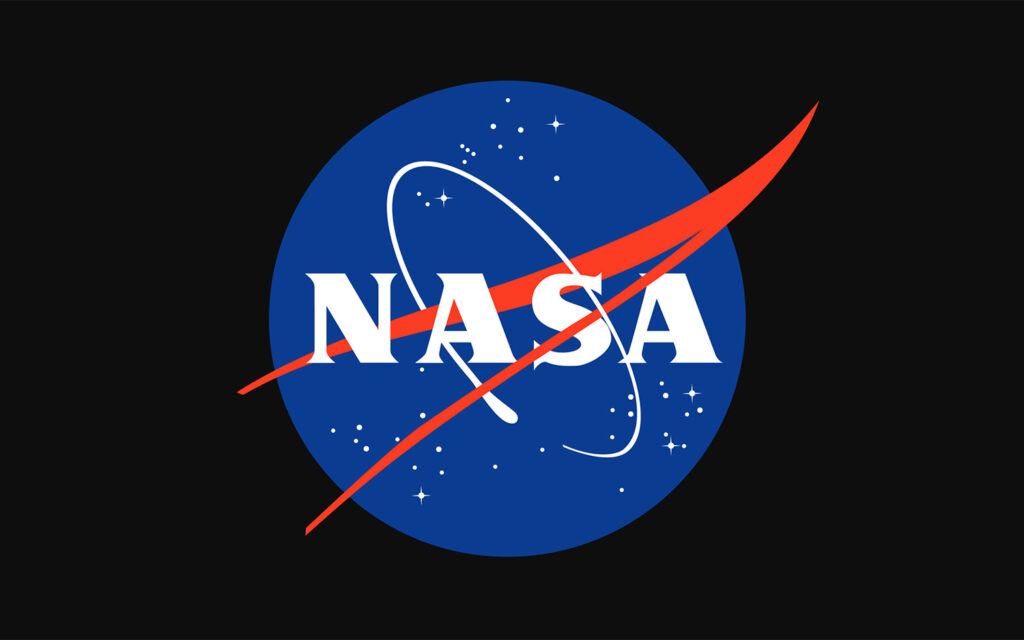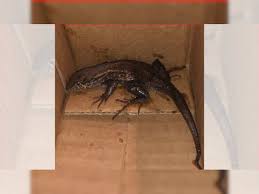NASA adds another asteroid target for the trojan explorer Lucy mission

NASA has added a new asteroid target for its Lucy mission as the spacecraft continues on its 12-year-long journey.
NASA announced that it is adding a new target for the Lucy mission as the spacecraft goes on its more than 6-billion-kilometre-long journey to study the Jupiter trojan asteroids. The new target is a small main-belt asteroid and Lucy will get an up-close view of it on November 1, 2023, to conduct an engineering test of the spacecraft’s asteroid-tracking navigation system.
The asteroid, labelled (152830) 1999 VD57 was not a target earlier because it is extremely small. At just around 700 metres in size, 1999 VD57 will be the smallest main belt asteroid ever visited by a spacecraft, according to NASA. The asteroid is closer in size to the asteroids visited by the DART mission and the OSIRIS-REx mission than the previously visited main belt asteroids.“There are millions of asteroids in the main asteroid belt. I selected 500,000 asteroids with well-defined orbits to see if Lucy might be traveling close enough to get a good look at any of them, even from a distance. This asteroid really stood out. Lucy’s trajectory as originally designed will take it within 40,000 miles of the asteroid, at least three times closer than the next closest asteroid,” said Raphael Marschall, the Lucy collaborator who identified the asteroid as a target, in a press statement.After this, the Lucy team realised the spacecraft could get an even closer look at the asteroid if they added a small manoeuvre. Later, they added 1999 VD57 to Lucy’s itinerary as an engineering test of its terminal tracking system. The system helps the spacecraft determine exactly how far it is from an asteroid and exactly which way the cameras should be pointed as it makes a close approach. According to NASA, this has been a long-standing problem for such flyby missions.According to the mission’s principal investigator Hal Levison, most flyby missions in the past have accounted for this uncertainty by taking a lot of images of the region where the asteroid might be. This results in a lot of images of blank space and, therefore, lower efficiency. But, Lucy will be the first flyby mission that will employ a new complex system that can automatically track asteroids during encounters. The use of this system should allow Lucy to take many more pictures of its targets.Lucy is the first mission to study the Trojan asteroids, which orbit the Sun at the same distance as Jupiter. The Trojan asteroids are described as an “ancient population of asteroid fossils” because they are believed to have been created by the same materials that formed the planets when the solar system was formed nearly four billion years ago. In October last year, Lucy conducted a “slingshot manoeuvre” around the Earth in the first of three Earth gravity assists planned for the mission.





alternatives to allergy medication allergy med comparison chart best off counter seasonal allergy
virtual visit online physician insomnia strong sleeping pills for sale
buy deltasone 40mg prednisone 40mg uk
acidity tablets name in india buy zidovudine 300 mg without prescription
permanent treatments for acne buy permethrin paypal acne treatments for teen girls
pain relief without stomach upset order zidovudine 300mg pills
accutane order online accutane 10mg uk isotretinoin 10mg without prescription
sleeping pills over the counter where to buy sleeping pill
azithromycin medication buy cheap generic zithromax buy azithromycin no prescription
neurontin 800mg over the counter buy gabapentin pill
azithromycin 250mg drug buy azithromycin 500mg generic order generic azipro
lasix 100mg pill buy lasix 100mg for sale
order omnacortil 5mg pills prednisolone 5mg brand omnacortil usa
buy prednisone 5mg pill deltasone 5mg for sale
order amoxicillin 250mg online cheap amoxil canada amoxicillin 500mg oral
order acticlate generic buy generic doxycycline
buy antihistamine pills strongest over the counter antihistamine buy generic albuterol
oral augmentin 375mg amoxiclav canada
levothyroxine price levothroid online order cheap levothyroxine pills
levitra oral buy levitra sale
order clomid 50mg clomiphene order clomid 100mg over the counter
buy zanaflex sale zanaflex us brand zanaflex
semaglutide 14mg pills semaglutide online order semaglutide online
order deltasone prednisone without prescription prednisone medication
buy semaglutide for sale order rybelsus 14mg buy semaglutide 14 mg for sale
order isotretinoin 40mg online isotretinoin ca absorica buy online
order amoxil 250mg sale amoxil 500mg uk purchase amoxil sale
order albuterol generic buy ventolin inhalator online cheap order generic ventolin 4mg
order zithromax 250mg pill buy zithromax 250mg for sale zithromax price
order omnacortil pills omnacortil 10mg price omnacortil 20mg pills
order levoxyl pills synthroid pills synthroid 150mcg drug
gabapentin where to buy order gabapentin 600mg generic neurontin 600mg brand
order clomid 50mg sale clomid oral clomid 50mg without prescription
purchase lasix pill furosemide 100mg cheap buy generic furosemide diuretic
oral sildenafil 100mg viagra 100mg england sildenafil online buy
order doxycycline 100mg for sale doxycycline 100mg cost doxycycline without prescription
buy rybelsus generic buy rybelsus 14mg for sale buy rybelsus 14mg pills
slot games free real money slot machines online card games
levitra 20mg sale order levitra sale buy cheap vardenafil
buy pregabalin pills for sale oral lyrica 75mg pregabalin 150mg pill
hydroxychloroquine 400mg without prescription plaquenil online order order hydroxychloroquine 200mg online cheap
buy cheap aristocort triamcinolone 10mg pill triamcinolone 10mg oral
cialis 10mg over the counter cialis india order cialis 5mg without prescription
purchase clarinex pills order clarinex online cheap desloratadine price
order cenforce 50mg for sale buy cenforce 50mg generic cenforce 100mg generic
loratadine canada claritin us buy claritin without prescription
buy chloroquine 250mg online cheap buy chloroquine 250mg online cheap buy chloroquine no prescription
buy priligy without prescription dapoxetine 60mg for sale order cytotec sale
atorvastatin 20mg brand lipitor 20mg cost buy atorvastatin online
acyclovir canada order acyclovir 800mg generic allopurinol cost
amlodipine 5mg cheap order amlodipine 10mg online cheap order amlodipine 10mg generic
crestor oral how to buy crestor zetia drug
order prinivil generic prinivil without prescription where can i buy zestril
order domperidone generic buy domperidone 10mg pill buy tetracycline 500mg pills
order prilosec 10mg without prescription brand prilosec 10mg omeprazole 10mg ca
cyclobenzaprine pill cyclobenzaprine over the counter buy generic ozobax
metoprolol order metoprolol price buy lopressor 100mg online
order toradol without prescription buy gloperba order colchicine 0.5mg without prescription
tenormin generic atenolol tablet atenolol 50mg without prescription
purchase depo-medrol for sale medrol without prescription buy generic methylprednisolone over the counter